Celestron Nebula Filter for Celestron Origin Intelligent Home Observatory (93669)
93669
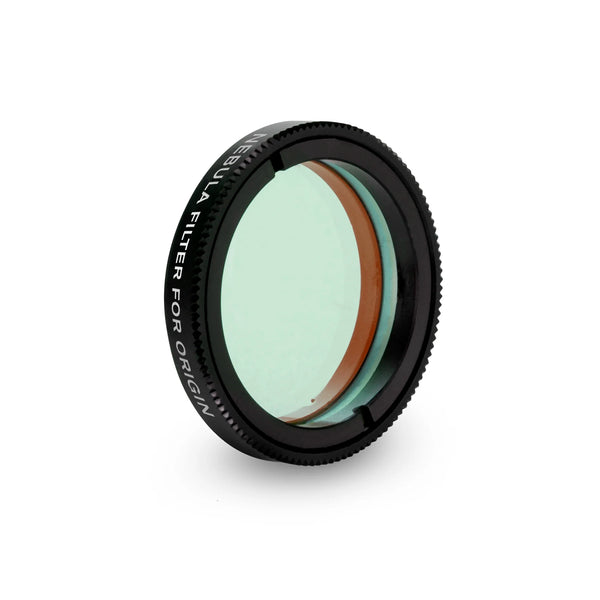


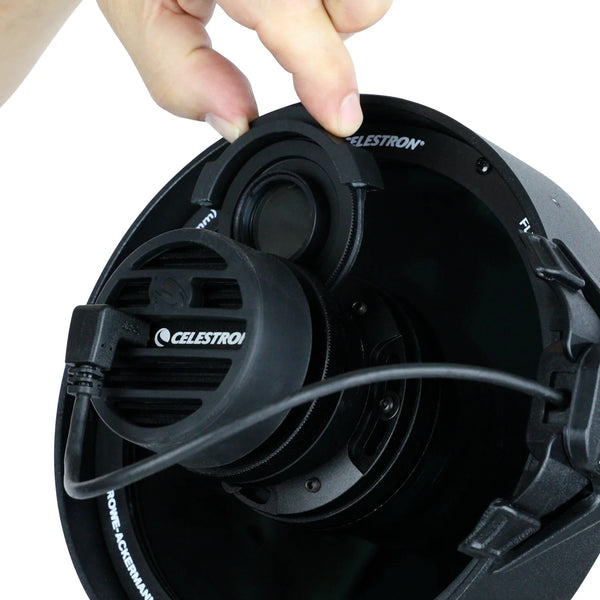


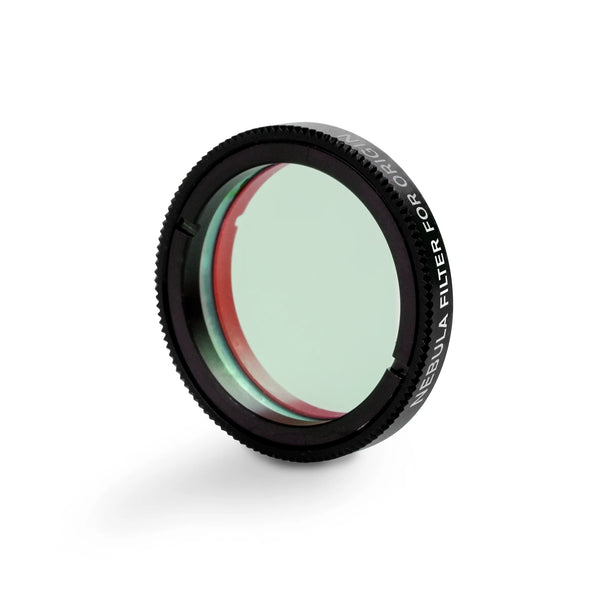







Celestron Nebula Filter for Celestron Origin Intelligent Home Observatory (93669)
93669
Why Purchase from All-Star Telescope?
Free Expert Support
Whether you are a first timer needing help with setting up or an enthusiast that can't quite make that one thing work, our expert staff are ready to support your needs. With decades of knowledge and first hand experience we've been there and we can help you through it!
Stress Free, Secure Transactions
You can trust purchasing and delivery with All-Star Telescope. All of our transactions are 100% secure and Level 1 PCI DSS compliant thanks to Shopify's ShopPay platform. For additional protection, we insure 100% of the value of every shipment we make. If it get's lost during shipment, we replace it. If it gets damaged during shipment, we repalce it. We make sure your product arrives exactly as you would expect it to; we promise.
We also ensure privacy protection. We never keep any of your credit card information on file and any of your personal data is stored accordign to our policies.
30 Day Return Policy
Buy with confidence knowing that we accept returns up to 30 days after purchase. We want you to have something you will actually use and we are confident that we keep good quality products in our store with No Junk.
Price Match Promise
Shipping around for the best price is tough, we make it easier by offering the best pricing in the market. But if you find a better price on an in-store item somewhere else we will match it!
Recommended Accessories

Celestron Origin Intelligent Home Observat...
Celestron has put the entirety of their knowledge, skill, and legacy behind this new and exciting home observatory. A smart telescope capable of im...
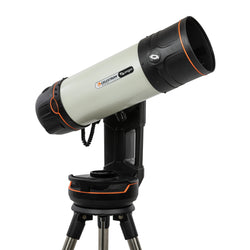
Celestron Origin Intelligent Home Observatory Telescope

Celestron Padded Telescope Bag for Celestr...
A padded bag made just for the Celestron Origin Home Observatory telescope. Easy addition for those looking to take their scope on the go.
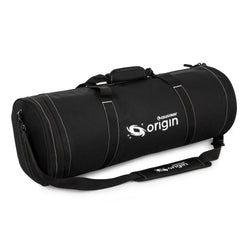
Celestron Padded Telescope Bag for Celestron Origin Intelligent Home Observatory (94031)

Celestron Nebula Filter for Celestron Orig...
A nebula filter to help get those gorgeous views and crisp details out of their Celestron Origin intelligent home observatory.

Celestron Nebula Filter for Celestron Origin Intelligent Home Observatory (93669)
Product Description
Enjoy the most dazzling views of nebulae with your Celestron Origin when you add this H-alpha H-beta OIII (Hα-Hβ-OIII) imaging filter. This specialized filter allows high throughput of light wavelengths in emission nebulae while blocking other wavelengths that could diminish image quality and detail. The result is bright, colorful nebulae images that “pop” with detail against the black sky background.
How does the Nebula Filter for Origin work? Emission nebulae primarily emit at discrete wavelengths of light—Hα at 656nm, Hβ at 486nm, and OIII at 496/501nm. By strategically transmitting only these wavelengths of light and blocking the rest of the spectrum, the filter dramatically reduces the effect of light pollution. The “bad” light is blocked while the “good” light associated with emission nebulae passes through to Origin’s sensor.
You’ll immediately notice much higher contrast in your images, especially from your light-polluted backyard! And since the transmission at the critical wavelengths is so high, the nebula will not be dimmed—only the background will be blacker. You’ll also notice some contrast improvement in images of nebulae from darker skies, as the filter serves well in blocking natural skyglow.
Nebula Hunting
The Nebula Filter is perfect for imaging emission nebulae like the North America Nebula (NGC 7000), Lagoon Nebula (M8), Orion Nebula (M42), the Carina Nebula (NGC 3372), and dozens more. The imaging filter offers maximum light transmission in the key Hα-Hβ-OIII wavelengths, producing high contrast for emission nebulae like these.
The transmission spectrum for the Nebula Filter is 85% or greater at key wavelengths (486nm, 496nm/501nm, 656nm) and less than 0.5% transmission elsewhere. As a narrowband filter, it blocks much of the visible spectrum and only lets these specific wavelengths through. Because of this, you should not use this filter while observing or imaging broadband emission objects, such as galaxies and star clusters. For those objects, you’ll achieve the best results by removing the nebula filter and reinstalling Origin’s clear optical window.
Other similar imaging filters on the market have much narrower bandpasses at the critical Hα-Hβ-OIII wavelengths. Unfortunately, these filters block much of the incoming Hα-Hβ-OIII light for an f/2.2 optical system like Origin’s 6” RASA. This is because a RASA brings light into the filter at a steeper angle, which causes a spectral shift. If you use filters not explicitly designed for use at f/2.2, some of the light from the nebula will be blocked, resulting in a dimmer image. The Nebula Filter for Origin was custom-engineered to work at f/2.2, so none of the “good” light from the nebula is inadvertently blocked by the filter.
Body and Storage
The filter features a machined aluminum black anodized cell with a knurled rim for easy grip during installation. We’ve added anti-reflection coatings to help suppress reflections on the glass. The filter fits directly into the filter drawer in the Celestron Origin’s front lens cell, where the optical window sits. Simply remove the clear window and replace it with the filter. Origin maintains its optical performance across the entire system with the filter installed. No other adapter is needed.
Each filter comes with a foam-lined plastic storage case to safely store the filter or the optical window glass that came with your Celestron Origin when not in use.
Celestron tests every Nebula Filter for Origin individually to verify its performance. Along with your filter, you will receive a spectral transmission graph (like the one pictured above) showing the results of your filter’s test and verifying it performs as expected throughout the spectrum.
Specifications
| Glass Type | Schott B270 |
| Glass Thickness | 2mm (0.078") |
| Clear Aperture | 24mm (0.94") |
| Coatings | Dichroic multi-bandpass and multi-layer anti-reflection coatings |
| Filter Cell | Aluminum, black anodized |
| Filter Threads | M28.5 x 0.6, fits standard 1.25” filter threads |
| Height of Cell | 6mm total (4mm shoulder height, 2mm thread height) |
Chart

Additional Articles, Videos, and Links
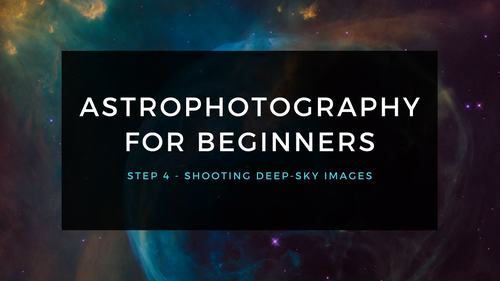
Astrophotography for Beginners Step 4: Shooting Deep-Sky Images
Taking deep sky pictures can be daunting, luckily there is an easy process to follow to allow you to get great shots! Here is the typical process for actually taking deep-sky images in the field.

Astrophotography for Beginners Step 3: Choosing Gear for Deep-Sky Imaging
Using a star tracker gains you experience with the fundamentals of deep-sky imaging. Shooting the Moon gains you experience focusing and framing through your telescope. Through your sessions you’ll...

Astrophotography for Beginners - Start Here: Getting into Astrophotography Step by Step
Shooting the night sky has never been more popular, nor easier. The choice of equipment has also never been better, or more affordable. However, as per the advice given by Dickinson and Dyer in the...
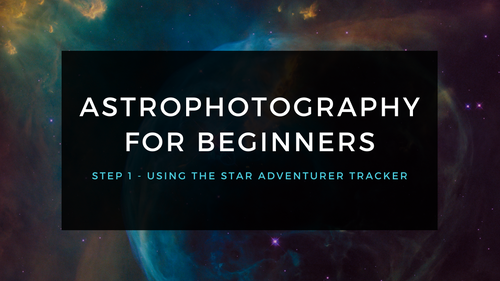
Astrophotography for Beginners Step 1: Using the Star Adventurer Tracker
By far the most economical and easiest way to capture beautiful images of the Milky Way and large deep-sky objects like the Andromeda Galaxy (shown here) is to use a star tracker. Here are steps an...

Astrophotography for Beginners Step 2: How to Shoot the Moon
Close-ups of the Moon are rewarding, and an easy way to learn to shoot through your telescope. While good results are possible with a phone camera clamped to an eyepiece (as shown below), this tuto...

